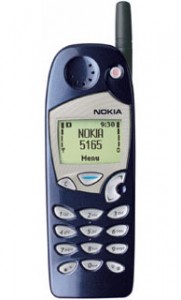I remember my first cell phone. It was eleven years ago and it was a Nokia 5165 paperweight. Only good for two things: Snake and Snake. Snake was one of the, like, 3 games that came programmed on the Nokias at the time. It was awesome — and it has left a void in my heart that even my iPhone4 cannot fill.
We’ve come a long way from the Nokia 5165. Briggs lets us know this with the entirety of Chapter 5.
Mobile journalism is just as it sounds. Actually, in America we don’t usually refer to cell phones as “mobiles” so maybe it isn’t just as it sounds. Whatever. Mobile journalism is news gathering, reporting, editing and publishing all from the journalist’s smartphone. (Suck it, Nokia.)
“The cell phone is the world’s most ubiquitous computer.” – John Markoff, NY Times 2009
A smartphone with the following capabilities can take you from a journalist to a mojo:
- A camera that shoots good pictures with flash and video.
- A full QWERTY keyboard.
- Mobile Internet capability
When Brad Klabfeld spoke to our class the other day, he said, “the Internet is primarily a written word medium.” Briggs agrees. “Text is critical and — journalists can be thankful — it’s the easiest to publish.” Microblogging and live blogging are both important methods to keep your audience engaged up to the minute.
